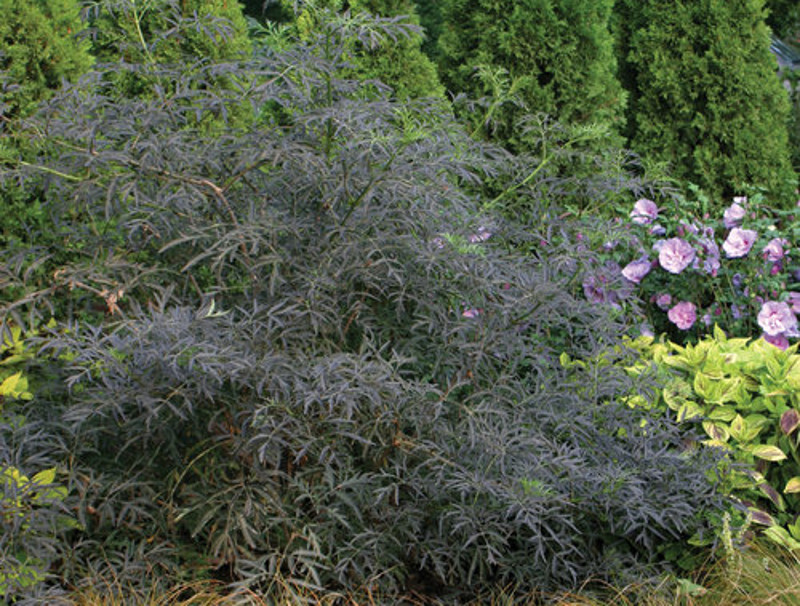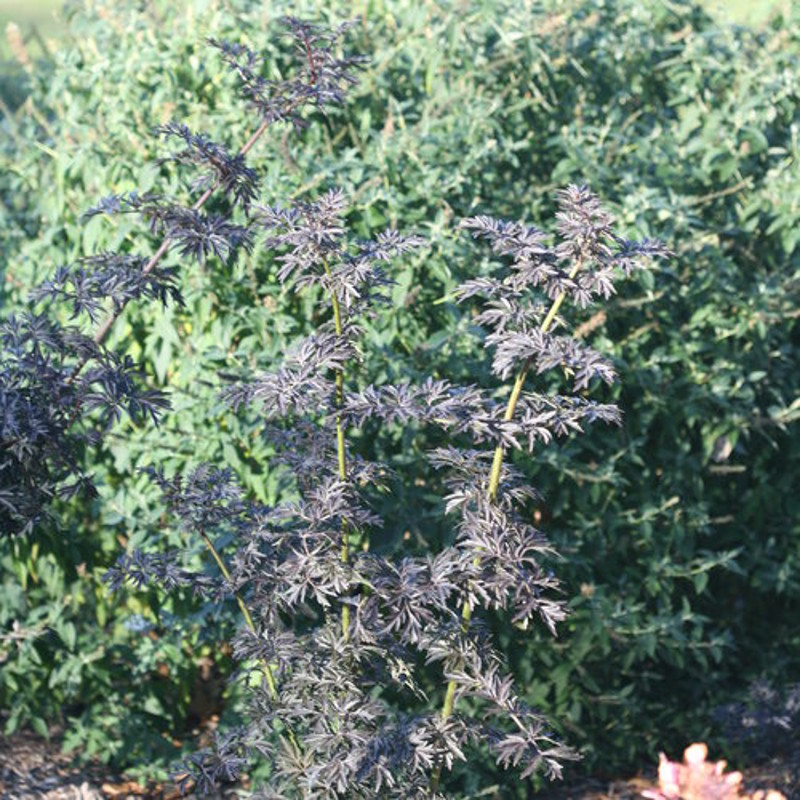Elderberry bushes typically bloom early summer in late June or early July. Perhaps you’ve stumbled upon this article because you’ve noticed your elderberry bush hasn’t displayed those glorious blooms and you’re concerned the plant may be ceasing berry production.
Is your elderberry luscious and green with no intent to bud? Are you seeing flower buds that only seem to wither away with no flowering? It can be concerning to you when a beautiful and beneficial plant, such as the elderberry, isn’t producing the necessary components to harvest from. There could be a few reasons and we’ll help you outline the potential issues below.

Common Reasons Why Elderberry Isn’t Blooming
You’ve planted a young elderberry bush, added compost to the soil mix, kept the weeds at bay and still- no flowers! Let’s start from the basics: flowering and fruiting can occur in year old plants, however the first year or two of growth will be focused on growing a strong and healthy plant. Sunlight exposure should be considered as well as blooms thrive from full sun.
If your elderberry is older than two years and you still don’t see any signs of flowering, read on! Examine the limbs of the plant for any damage. If there is damage, read the next section on how to properly prune to encourage healthy growth. Maybe the soil around your elderberry is lacking in necessary nutrients and could use fertilizing. If you’ve had a seasonally later than usual frost, this may also be a contributing factor. Use these guidelines to see the potential suspect(s) of the flower robbing- a crime in our book!
Pruning Elderberry To Help It Bloom
Elderberry plants have a peak production span of three years on each limb. Your elderberry may have several limbs with both older and newer growth. Examining the limbs for damage from animals, yard tools and growth scars will point you in the right direction of what limbs to prune when the elderberry is in dormancy.
Removing damaged and older limbs may help your elderberry thrive by allowing new and prolific growth to come next season. Prune the limbs down to the base of the trunk for best results. Ensure that you leave at least eight main limbs to allow the remaining foliage the chance to photosynthesize for proper growth.

Fertilizing Elderberry To Help It Bloom
Does fertilizing elderberry help it bloom? In short, it may help as long as it doesn’t get too much fertilizer. Fertilizers recommended for elderberries can also inhibit blooming due to the nitrogen rich components within the fertilizer. If too much is added around the base of the elderberry, foliage growth will likely take precedence for the next growing season.
Ammonium nitrate can be used in quantities of 1/8lb per year of growth, up to 1lb. 10-10-10 fertilizer may also be used in quantities of 1/2lb per year of growth, up to 4lbs. If you decide to use fertilizer on a non-flowering elderberry, it is best to use a bit less if you’re worried about excessive foliage growth happening instead of flowering.
Get Elderberry To Produce More Blooms
Remembering that elderberry blooms once per year in early summer, how do you get your elderberry plant(s) to bloom again? Selective pruning in dormancy of damaged and older limbs will encourage new growth and provide more chances of blooms during the next growing season. Perhaps your elderberry seems to be lacking in blooms, this may also be due to damaged or older limbs.
To encourage consistent yearly blooming, pruning and fertilizing will be the two biggest subjects to address. Keep in consideration changing weather patterns, such as a seasonally later than usual frost or a change in sunlight exposure. Examine the daily sunlight that is upon your elderberry. Is it in part or full sun? Full sun encourages more blooms.
Why Elderberry Isn’t Blooming
- Age - first year plants focus on foliage growth
- Sunlight Exposure - Full sun is best for flowering
- Pruning needs - damaged and old limbs aren’t prolific bloomers
- Fertilizing - soil may not have the necessary nutrients
 |
Author Chris Link - Published 01-15-2022 |
